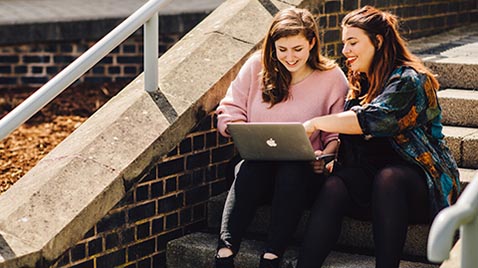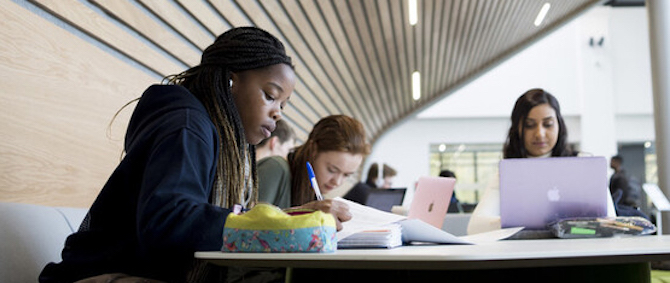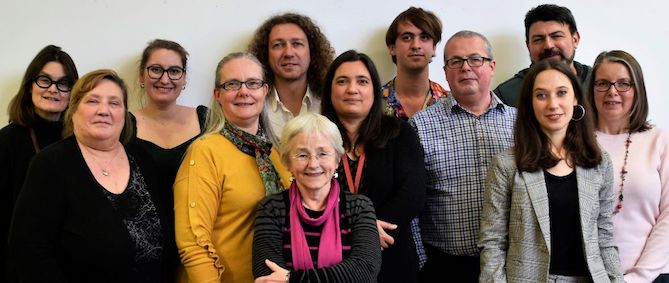Teaching and learning

Studying Art History at Warwick
Art history is about getting closer to art, immersing yourself in art, seeing art from the perspective of the artist. But it is also about bringing your own perspective – your knowledge and experience – to bear. Art is where you and the artist meet.
Teaching methods
Modules are taught either through weekly lectures combined with seminars, or through small-group seminars alone. The fundamental importance of the direct experience of works of art is emphasised at every stage of your degree.
Seminars in galleries and museums, or site visits to key monuments and buildings, are integrated into modules.
You can also study a studio-based Practical Art module in your second year.

Art History Modules
All our degrees involve both core and optional modules. Assessments include source analysis, research projects, and presentations, alongside essays and exams.
Spend a term in Venice
This unique initiative gives our students the opportunity to study the city's art, architecture, history and culture first hand, from the middle ages to the present.
World leading academics
Our lecturers bring their latest research and own distinctive skills to the subject, sharing a common philosophy that art history involves the study of the history of all things visual more generally.
Assessment
We use a variety of assessment methods throughout your degree programme, including assessed essays, reports, work books, examinations, a research-based dissertation and (for the Practical Art and the exhibition-based modules) a portfolio of work responding to a specific practical task.
Your second and final year contribute 50% each towards your final mark.
“It’s been a completely enlightening experience thanks to the choice of modules, the support of the tutors and of course, being introduced to a wide range of artworks and historical periods. This course has been an absolute pleasure to study so far."
Leigh, second year student



